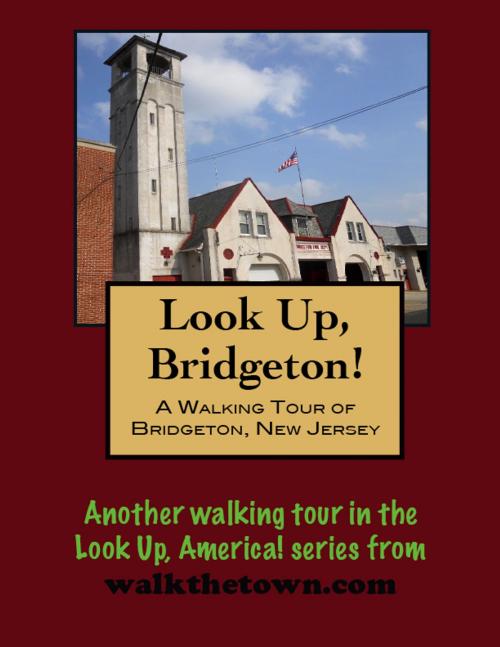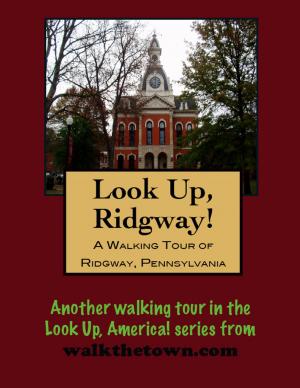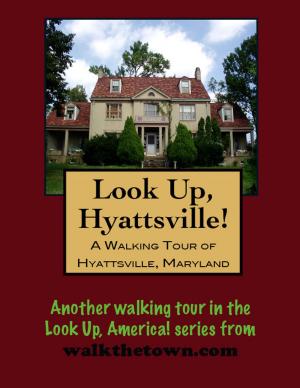| Author: | Doug Gelbert | ISBN: | 9781458071934 |
| Publisher: | Doug Gelbert | Publication: | March 2, 2011 |
| Imprint: | Smashwords Edition | Language: | English |
| Author: | Doug Gelbert |
| ISBN: | 9781458071934 |
| Publisher: | Doug Gelbert |
| Publication: | March 2, 2011 |
| Imprint: | Smashwords Edition |
| Language: | English |
There is no better way to see America than on foot. And there is no better way to appreciate what you are looking at than with a walking tour. This walking tour of Bridgeton, New Jersey is ready to explore when you are. Each walking tour describes historical, architectural landmarks, cultural sites and ecclesiastic touchstones and provides step-by-step directions. Every tour also includes a quick primer on identifying architectural styles seen on American streets.
What do you do if you are a 30-year old Oxford, England-educated minister and you sail across the Atlantic Ocean to practice your religious beliefs in the way you desire and you discover the new Richard Hancock kicked off settlement in this area in 1686 when he built a sawmill along the Cohansey River. When a wooden bridge spanned the river in 1716 the community got a name - Cohansey Bridge. Not that it triggered a land rush or anything. When Cumberland County was formed in 1748 and Cohansey Bridge was selected as the seat of the new county government there were about 15 houses in the village. By the time of the American Revolution thirty years later the community would now be called Bridge Town and it sported a population of around 200.
The Cumberland Nail & Iron Works that started in 1814 gave birth to Bridgeton as an industrial town. By the Civil War glass furnaces and iron forges were humming and processed foods were being shipped by rail to Camden and steamboat to Philadelphia. Bridgeton was among the most prosperous towns in the state of New Jersey. By the 1800s the wealth began showing itself in elegant mansions in fashionable neighborhoods and Bridgeton emerged as an important center for education.
Much remains from those heady times and in the 1980s the Bridgeton Historic District became the state’s largest with over 2,000 qualifying buildings. Our explorations of that bounty will begin on the grounds of the pioneering Cumberland Nail & Iron Works, which have been reclaimed into a leafy parkland of more than 1,000 acres...
There is no better way to see America than on foot. And there is no better way to appreciate what you are looking at than with a walking tour. This walking tour of Bridgeton, New Jersey is ready to explore when you are. Each walking tour describes historical, architectural landmarks, cultural sites and ecclesiastic touchstones and provides step-by-step directions. Every tour also includes a quick primer on identifying architectural styles seen on American streets.
What do you do if you are a 30-year old Oxford, England-educated minister and you sail across the Atlantic Ocean to practice your religious beliefs in the way you desire and you discover the new Richard Hancock kicked off settlement in this area in 1686 when he built a sawmill along the Cohansey River. When a wooden bridge spanned the river in 1716 the community got a name - Cohansey Bridge. Not that it triggered a land rush or anything. When Cumberland County was formed in 1748 and Cohansey Bridge was selected as the seat of the new county government there were about 15 houses in the village. By the time of the American Revolution thirty years later the community would now be called Bridge Town and it sported a population of around 200.
The Cumberland Nail & Iron Works that started in 1814 gave birth to Bridgeton as an industrial town. By the Civil War glass furnaces and iron forges were humming and processed foods were being shipped by rail to Camden and steamboat to Philadelphia. Bridgeton was among the most prosperous towns in the state of New Jersey. By the 1800s the wealth began showing itself in elegant mansions in fashionable neighborhoods and Bridgeton emerged as an important center for education.
Much remains from those heady times and in the 1980s the Bridgeton Historic District became the state’s largest with over 2,000 qualifying buildings. Our explorations of that bounty will begin on the grounds of the pioneering Cumberland Nail & Iron Works, which have been reclaimed into a leafy parkland of more than 1,000 acres...















